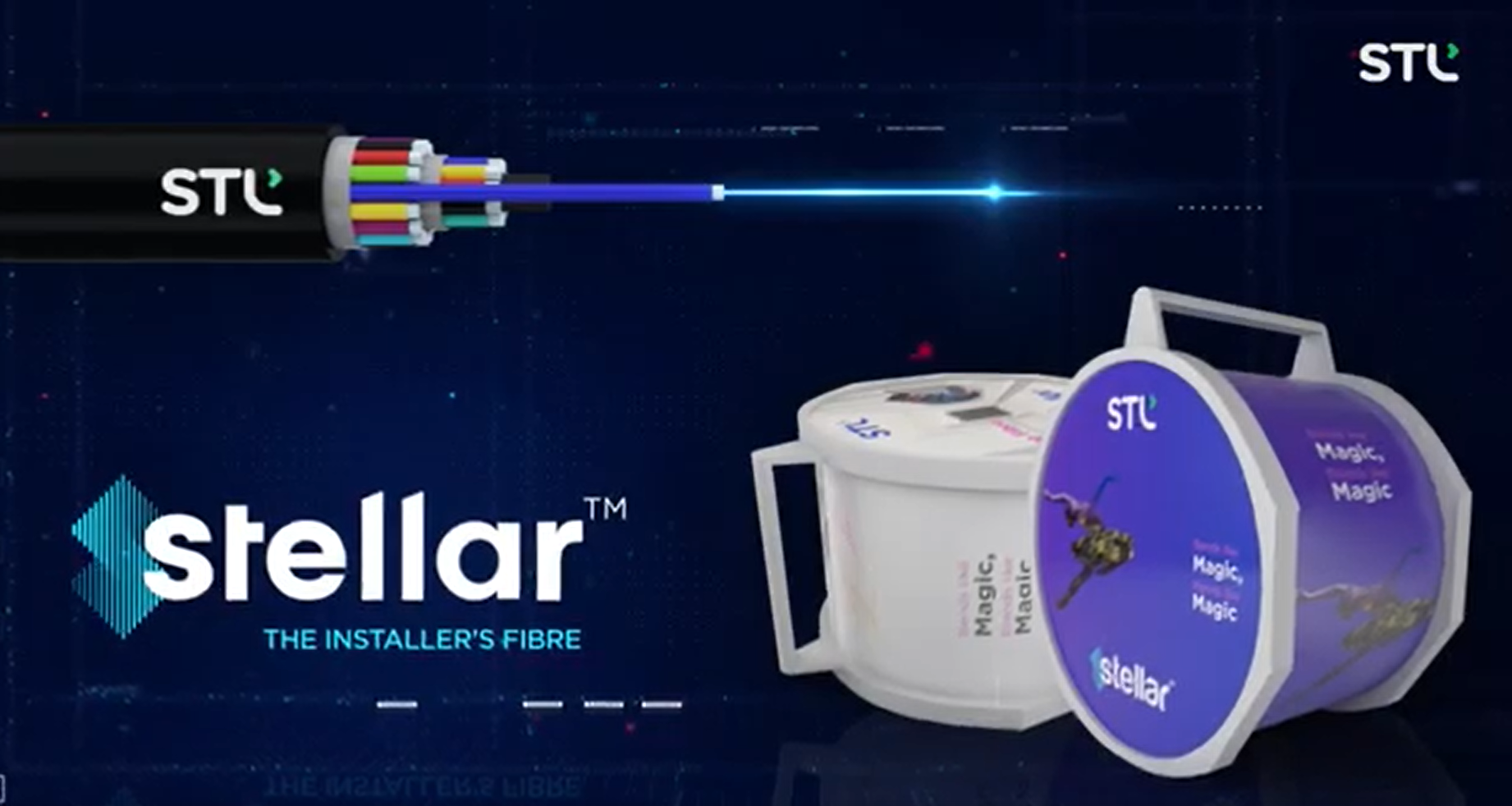We discuss the following topics in this blog:
- Requirement for integration with legacy networks
- Stellar ensures faster network rollout and minimal spice loss
In addition to these topics, we shall also be answering the following FAQs:
- What is an optical fibre network?
- What is WiFi?

Contents
How to Handle Increasing Global Data Traffic?
Global data traffic is increasing at an exponential pace. And network infrastructure needs to go through a massive upgrade to keep up with this growing demand. The deep fibrerization necessary for 5G and FTTh would require faster network rollout and integration with legacy networks. We need a special fiber designed to address these network expansion challenges a fiber that is compatible with the present and ready for the future.

With years of research, STL has developed the world’s firstG 657A2 macro bend sensitive optical fiber which is compatible with legacy networks comprising G 657A1 and G 652 D fiber.

Why is Stellar Fibre Called the Installers Fibre?
Introducing Stellar – The installers fiber, stellar ensures faster network rollout and minimal spice loss. Even with semi-skilled installers. MFD Of 9.1 microns ensures seamless splicing with legacy networks, Stellar increases your networks life by as much as 10 years, Lower macro bend losses, and best in class attenuation result in a more resilient network that can accommodate a greater number of repairs arising out of accidental cuts and bends.
Stellar saves costs by reducing the size of the passive network infrastructure. Superior macro band performance results in compact splice box and smaller manholes. Stellar is the ideal choice for next-gen PON technologies. And make sure network future-ready the macro bend losses of stellar adhere to the ITUT G657A2 standards even at higher wavelengths and 7.5-millimeter bend radius. So let’s build a network of the future with stellar that bends like magic, blends like magic. Stellar the installers fiber.
FAQs
What is an Optical Fibre Network?
Optical fiber networks are the networks built to connect people and devices across cities, counties, and even several nations. These networks are complex installations of wired networks with appliances to transmit large amounts of data over hundreds and thousands of kilometers. Optical fiber networks are typically laid by telecommunication companies worldwide; however, as the data demand grows significantly, more and more governments and other tech organisations.
What is WiFi?
Put simply, WiFi is a technology that uses radio waves to create a wireless network through which devices like mobile phones, computers, printers, etc., connect to the internet. A wireless router is needed to establish a WiFi hotspot that people in its vicinity may use to access internet services. You’re sure to have encountered such a WiFi hotspot in houses, offices, restaurants, etc.
To get a little more technical, WiFi works by enabling a Wireless Local Area Network or WLAN that allows devices connected to it to exchange signals with the internet via a router. The frequencies of these signals are either 2.4 GHz or 5 GHz bandwidths. These frequencies are much higher than those transmitted to or by radios, mobile phones, and televisions since WiFi signals need to carry significantly higher amounts of data. The networking standards are variants of 802.11, of which there are several (802.11a, 802.11b, 801.11g, etc.).














